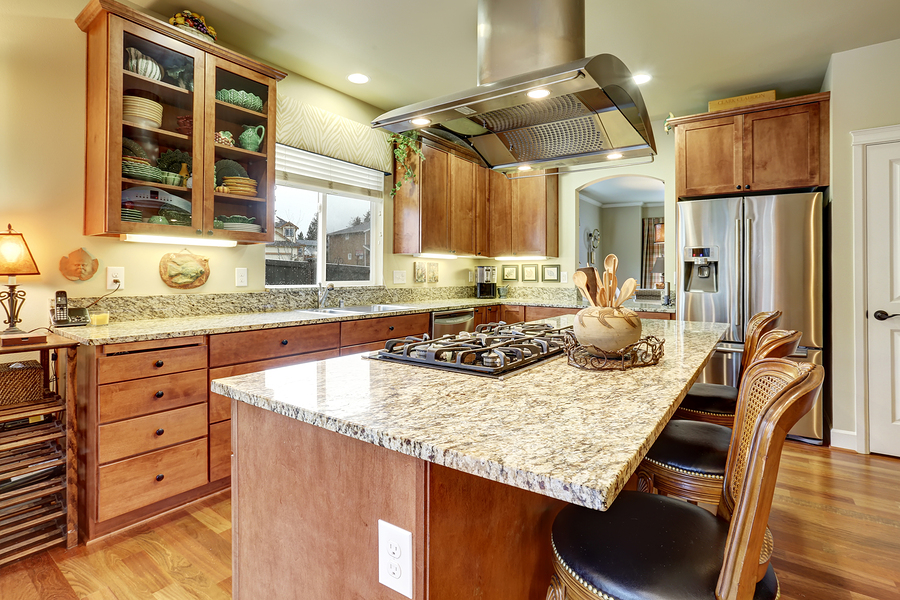
Whether it’s your first time buying or selling a home, one of the most confusing aspects of either process is learning the lingo. Fixtures, encumbrances, contingencies – real estate jargon starts flying fast and furiously.
The various players in the process, their roles and responsibilities, seem to confuse consumers the most and the title company sits at numero uno.
In property law, Black’s Law Dictionary defines title as “. . . the means whereby the owner of lands has the just possession of his property.” So, how does one determine who has “just possession” of a particular piece of property and, thus, the right to sell it?
The title company – but that’s not all it does. Let’s take a look at a title company’s three primary roles.
Researching The Home’s Title
Shortly after the ink dries on a contract to purchase a home, it’s delivered to the chosen title company where it will be assigned to a closing agent. Since the contract is also considered escrow instructions, this agent is tasked with following it to the letter.
Then, the research begins and the first step is a thorough examination of any public records pertaining to the property. These include, but aren’t limited to:
- Mortgage records
- Probate court records
- Divorce records
- Liens
- Wills
- Sewer assessments
- Levies
- Tax records
For instance, Jeff was trying to sell his deceased mother’s home which was sitting on foreclosure’s doorstep. He received a reprieve from the bank – he had 90 days to sell the home or they would begin foreclosure proceedings.
During the escrow period, the bank’s lien, placed while Jeff’s mother was still living, came up and the transaction came to a halt until the bank submitted a release of the lien.
Some of the issues that a title search turns up are trivial but larger issues need to be cleared before the transaction can proceed.
Issues A Preliminary Title Report
The title company then issues a preliminary title report. Because it lists information about the home that no other document does, it’s one of the most important documents a buyer will receive.
For instance, the preliminary report (known as the “prelim” in the industry) lists the home’s legal description:
“Southwest quarter of Southwest quarter (SW ¼ of SW ¼) and West Half of Southeast quarter of Southwest quarter (W½ SE¼ SW¼) of Section Eleven (11), Township Four (4) North of Range Eight (8) West, containing sixty (60) acres of land, more or less, together with the residence, garage, barns and garden,” and so on and so forth, courtesy of The Louisiana Office of the Lieutenant Governor.
Yet another example of real-estate-as-a-second-language, but it’s important information so hang on to that report after the transaction is complete.
The report also lists everything it turned up in its research, including liens, encumbrances and other title defects. These are typically listed as items that will be excluded from the title insurance coverage unless they are corrected.
Consider the preliminary title report as an offer to insure, not a complete history of the property.
Issues The Title Insurance Policy
Title research may not turn up all issues with the property’s title, so title insurance policies protect against any future claims against the property for events that happened in the past.
Bratley, holds title to his grandmother Mable’s home as tenants in common. In 2005, Mable was admitted to a long-term care facility. The following year, Bratley sold gramma’s house, forging Mable’s signature on a full-authority power of attorney. He even had it notarized.
When the home sold, Bratley not only signed the closing documents on behalf of himself and Mable, but authorized that the proceeds from the sale be wired to his personal account.
Three years later, Mable passed away, leaving the executor of her will to settle her estate. In so doing, the homeowners who bought Mable’s home were served with a lawsuit, laying claim to Mabel’s heirs’ interest in the property.
Thankfully, they had purchased an owner’s title insurance policy, even though it’s not mandatory to do so.
If you’ll be getting a loan to buy a home, lender’s title insurance, on the other hand, is mandatory. Since the home is the loan’s security, lenders use all avenues available to protect their interest in the property.
Both policies require only one payment, at closing, and the policies are in force for the life of the loan (for the lender’s policy) and for as long as you own the home, in the case of the owner’s policy.
The National Association of Realtors pegs the average cost of a title insurance policy at $1,000, but cautions that the price will vary, depending on region and the price of the home.













